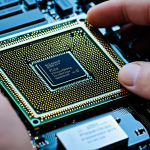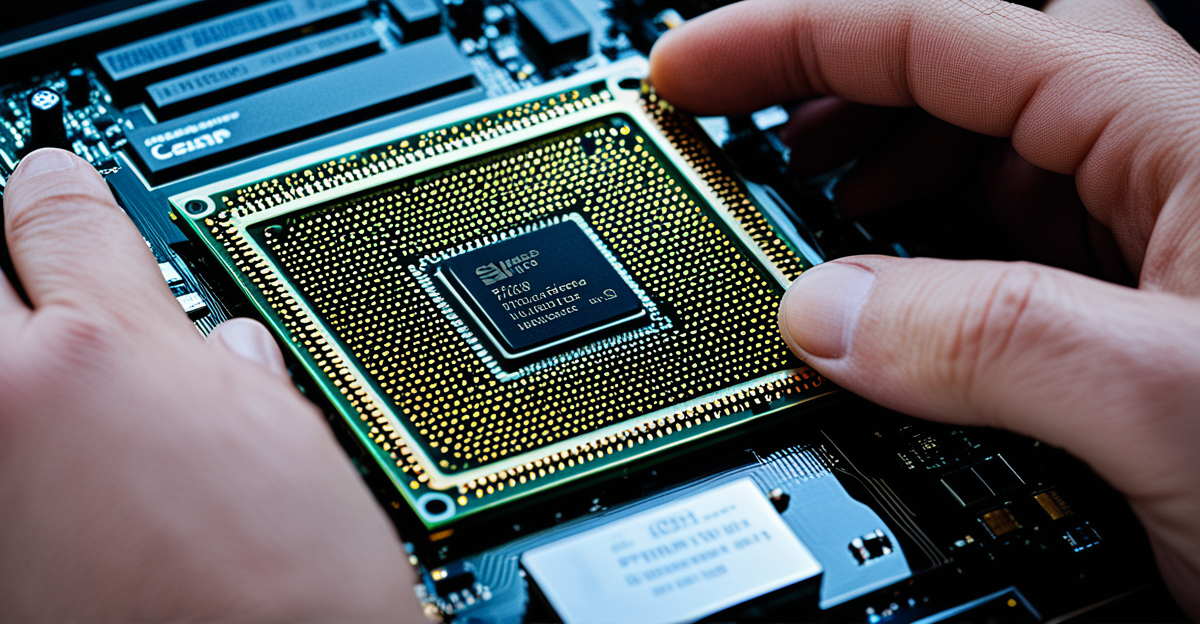Primary factors shaping UK computing hardware innovations
The UK computing hardware innovation landscape is propelled by three main drivers: academic research, government involvement, and private sector investment. At its core, computing research UK institutions lay the foundational knowledge that spurs new hardware technologies. Universities often pioneer breakthroughs in microprocessor design, AI accelerators, and energy-efficient computing components, making academic endeavors essential for innovation momentum.
Government support plays a pivotal role too. Through targeted funding, strategic initiatives, and policy frameworks, the UK government actively nurtures hardware research and development. This backing enables long-term projects and risk-heavy experimentation that may otherwise lack commercial viability. As a result, public programs complement academic strengths and amplify industry impact.
Also to read : How Does UK Computing Hardware Support Quantum Computing Progress?
Finally, notable UK tech companies inject resources and expertise into hardware development efforts. These firms transform research insights into market-ready products, driving practical advances in computing performance and usability. Their investments, partnerships, and innovation centers accelerate the translation of ideas into breakthroughs.
Together, this synergy between academic excellence, government facilitation, and corporate contributions outlines the primary forces behind sustained technological advancement in the UK computing hardware sector. Recognizing these drivers helps explain how the UK remains a leader in developing cutting-edge computing technologies.
Also read : What are the opportunities for UK computing hardware in the gaming industry?
Primary factors shaping UK computing hardware innovations
The foundational role of academic research is undeniable in UK computing hardware innovation. Universities are hubs of cutting-edge computing research UK, focusing on microarchitecture, AI accelerators, and energy-efficient chips. This deep technical knowledge acts as the blueprint for hardware advancements enabled by precise experimentation and theoretical breakthroughs.
Government intervention forms a critical second pillar. Through strategic funding, policy support, and innovation incentives, the UK government amplifies drivers of technology advancement. Public programs often fill gaps that private investment may overlook, enabling risk-heavy projects that push hardware boundaries over the long term. This guidance fosters a stable innovation environment conducive to sustained progress.
Complementing these, prominent UK tech companies directly power hardware development UK by translating research into practical products. Their investments in R&D, infrastructure, and collaborative ventures accelerate the commercialization pathway, ensuring innovation delivers tangible market benefits. Together, these drivers—academic rigor, government facilitation, and corporate involvement—form an interconnected ecosystem fueling the UK’s computing hardware leadership.
Primary factors shaping UK computing hardware innovations
The foundational role of academic research remains essential in driving UK computing hardware innovation. Leading institutions carry out computing research UK deeply rooted in developing novel microarchitectures, AI accelerators, and energy-efficient hardware. These research outputs provide precise, experimentally validated insights that set the direction for technology advancement. They form the initial blueprint for hardware prototypes and performance optimizations.
Government funding and policy support serve as crucial drivers of technology advancement by sustaining projects that often demand lengthy timelines and high risk. The UK government’s strategic investments and innovation grants fill financial gaps, enabling academic and industry researchers to pursue breakthroughs without immediate market pressures. This backing creates an innovation-friendly ecosystem fostering development in emerging hardware domains.
Prominent UK tech companies also make significant contributions. Their investments in R&D facilities and collaborations transform academic research into market-ready products, directly impacting hardware development UK-wide. These companies integrate new technologies from university labs into competitive devices, utilizing the government’s supportive environment to accelerate productisation. Together, the synergy between academic research, government support, and corporate investment optimizes innovation velocity and quality across the UK computing hardware sector.
Primary factors shaping UK computing hardware innovations
Understanding the drivers of technology advancement in UK computing hardware innovation requires a close look at the combined roles of academia, government, and industry.
Academic research’s foundational role is evident in how computing research UK institutions generate new knowledge that directly informs hardware development. Universities lead in exploring novel microarchitectures, low-power designs, and AI-specific processing units. These research outputs establish the theoretical and experimental basis underpinning hardware breakthroughs.
Next, government funding, initiatives, and policy support serve as critical enablers. By allocating resources and crafting policies targeted at technology sectors, the UK government fills essential funding gaps, especially for high-risk, long-term projects that private investors might avoid. This institutional backing ensures that innovative hardware R&D has a stable environment for sustained growth.
Lastly, prominent UK tech companies play a vital role by transforming academic insights into practical hardware products. Their investments in R&D labs and partnerships with universities accelerate commercialization. They bridge theory and market-ready innovation, driving hardware development UK-wide. This tripartite synergy fosters a robust ecosystem, making UK computing hardware innovation both competitive and forward-looking.
Primary factors shaping UK computing hardware innovations
Building on academic foundations, UK computing hardware innovation thrives through precise research and development practices. Leading universities in computing research UK specialize in advancing microarchitecture, energy-efficient designs, and AI accelerator technology. These institutions generate the core scientific insights that guide hardware prototyping and optimization, forming a reliable knowledge base for innovation.
A critical driver lies in sustained government funding, initiatives, and policy support. This backing systematically addresses the often long development cycles and high risks associated with hardware breakthroughs. By providing targeted grants and strategic programs, the government ensures stable financial resources enabling researchers and companies to pursue pioneering technologies without immediate commercial pressure. Such policies cultivate an environment where riskier, high-reward hardware projects can flourish.
Prominent UK tech companies actively complement these efforts. Their considerable R&D investments, coupled with collaborative ventures, transform academic discoveries into commercialized hardware products. These firms leverage government support while capitalizing on university research excellence to accelerate development and market adoption. This practical application ensures that innovations in computing research UK realize impactful hardware advancements, reinforcing the country’s role as a leader in technology progress.
Primary factors shaping UK computing hardware innovations
Understanding the drivers of technology advancement in UK computing hardware innovation requires recognising the distinct yet interconnected roles of academia, government, and industry. Academic research is the bedrock of hardware progress, where computing research UK institutions pioneer microarchitecture designs, low-power chips, and AI accelerators. This research provides deep theoretical insights and experimental validation, essential for designing next-generation hardware.
Government funding, initiatives, and policy support constitute another vital pillar. The UK government strategically allocates resources and crafts policies to sustain long-term, high-risk projects. Such support fills funding gaps that private investors often avoid, enabling breakthrough technologies to mature. For example, targeted grants help accelerate research with commercial potential while insulating it from immediate market pressures.
Finally, prominent UK tech companies significantly contribute by investing in hardware development UK-wide. They leverage government programs and university research, transforming innovations into competitive, market-ready products. Their R&D investments create practical pathways from academic discoveries to hardware solutions widely adopted. Collectively, these drivers—academic research, public backing, and private investment—power UK computing hardware innovation with sustained focus and momentum.



